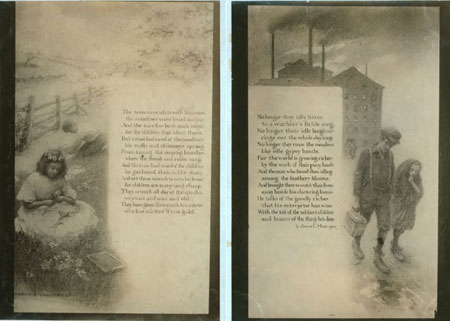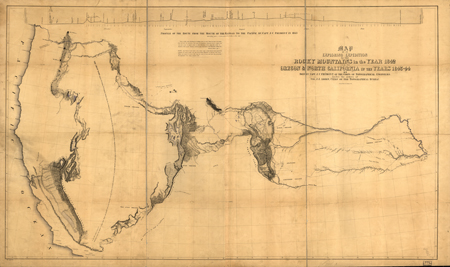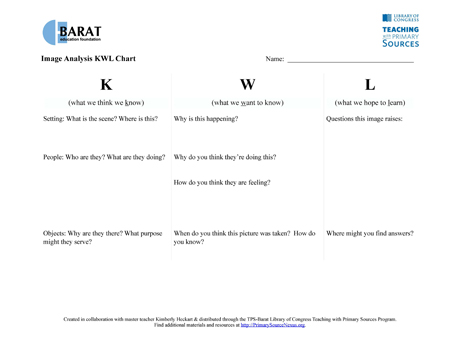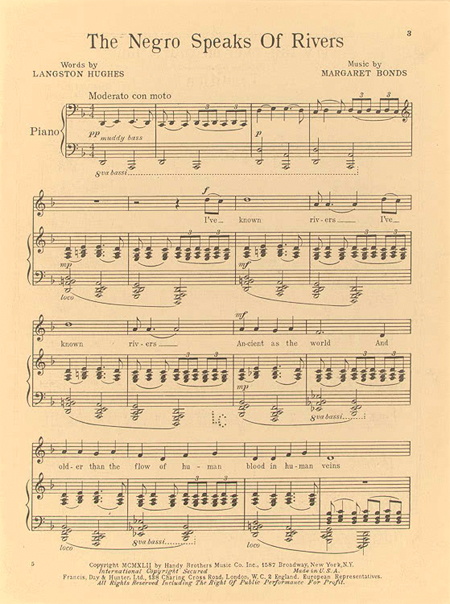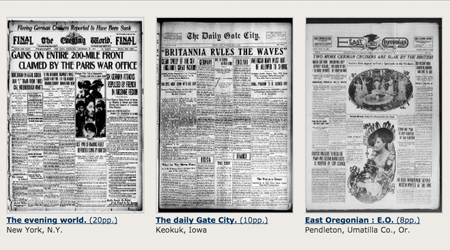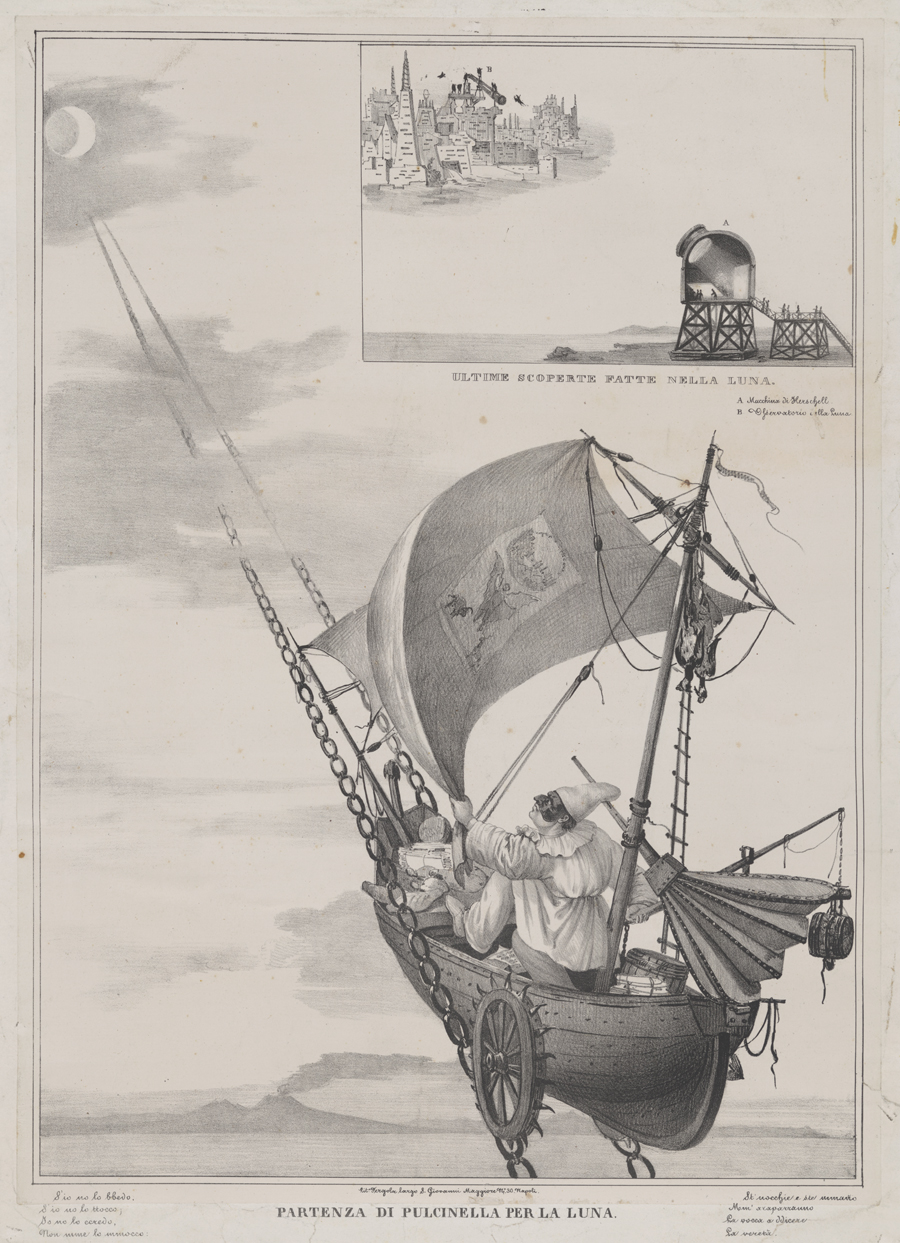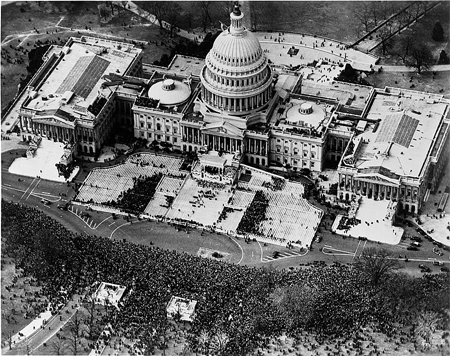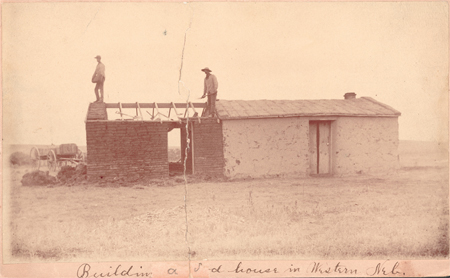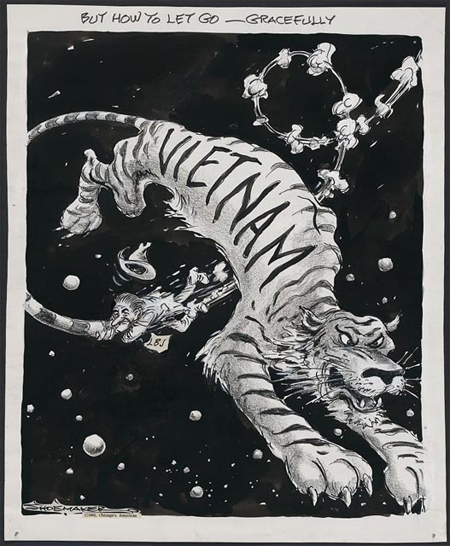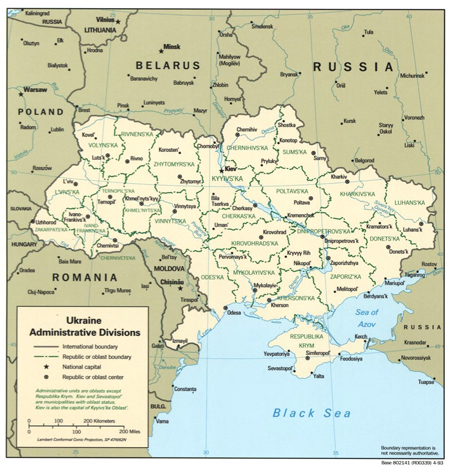Learning from the Source: Pairing Pictures & Poems to Tell Stories
Students learn the power of pairing pictures with poems to tell stories about historical and contemporary issues. Display the paired primary sources (Image 1 | Image 2), showing only the images (i.e., cover up the text) and inform students that the poem accompanying these illustrations has been removed. Ask them to predict what the poem…

